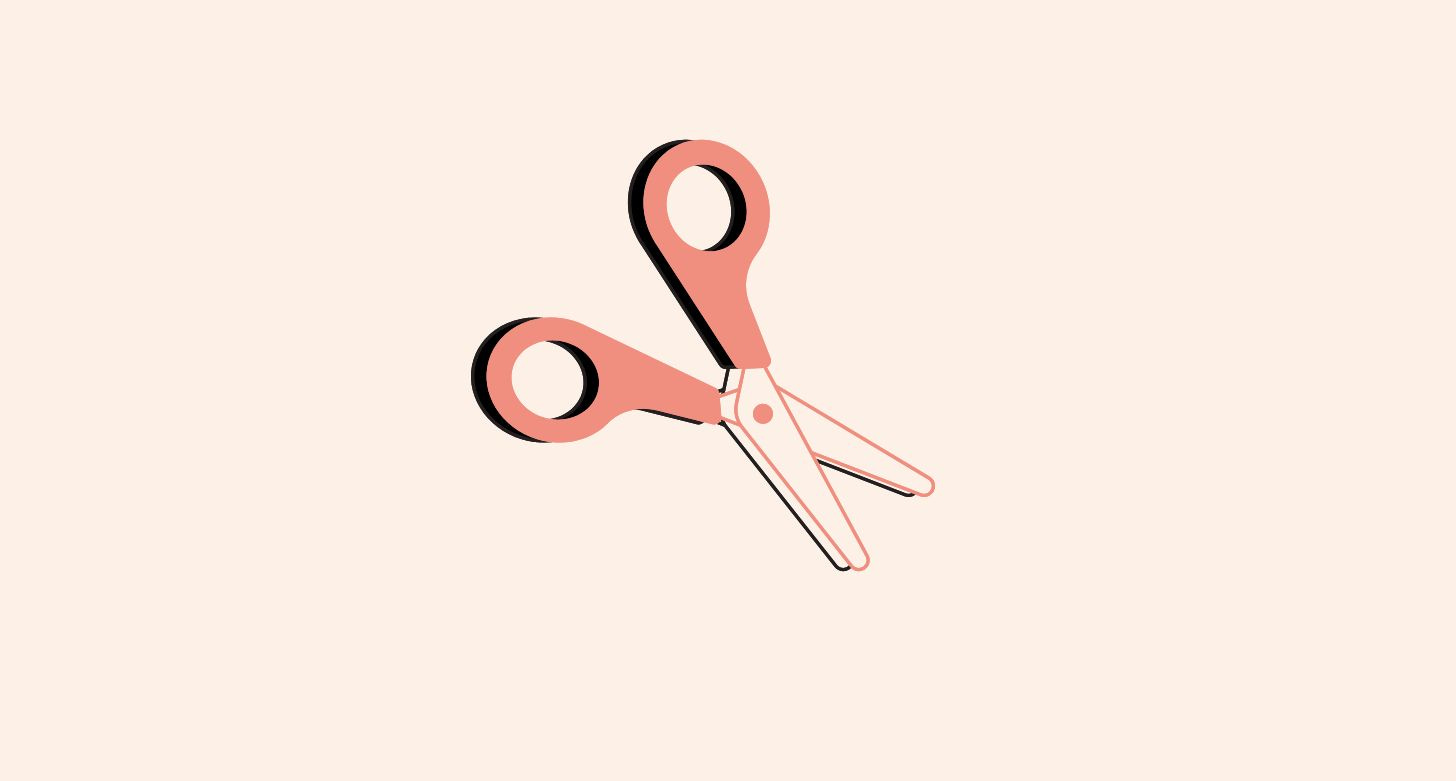Woof, what a week. In my industry, people are reeling over the latest Google Core Update that hit in August. If you’re not familiar, Google—being the search engine giant that it is—routinely makes updates to its functionality, design, and which sites appear where within search results. This can make or break digital publishers as they rely heavily on cl…
Keep reading with a 7-day free trial
Subscribe to Fire Edits to keep reading this post and get 7 days of free access to the full post archives.



